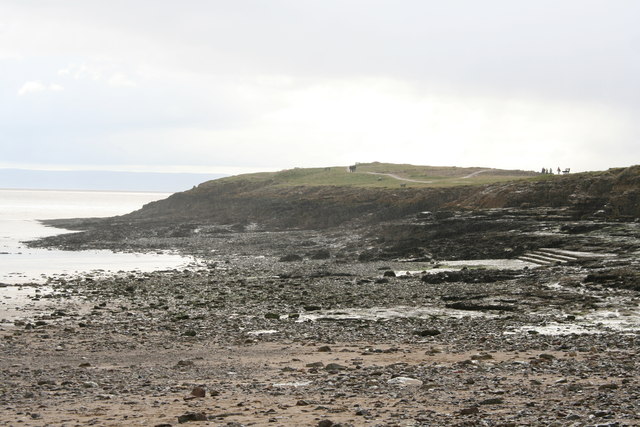A recent discovery on a small island located between Africa’s east coast and Madagascar has scientist scratching their heads. The discovery is a group of rocks whose presence on the island cannot be explained.
Cornelia Class is a geochemist who works out of Columbia University. She explains the island is made up of volcanic rock from the crust of the ocean. The rocks at the center of the mystery hail from continental crust that is found at beaches and river deltas. Class shakes her head in wonderment as she explains how unlikely it for such rocks to be found on the island.
Class is currently the lead researcher on an expedition to the island funded by a grant from the National Geographic Society. The expedition resulted from rumors that quartzite existed on the island. The mystery turned out to be larger than Glass and her colleagues originally realized, however, as they found much more quartzite than they expected. In fact, half of a mountain on the island is made up of quartzite.
Anjouan Island is a 400 square mile land mass that is part of the Comoros Islands in the Indian Ocean. The island is home to about 277,000 inhabitants and is known for its rich vegetation. The origins of Anjouan Island is not unlike Hawaii in that it is made up of the lava from a shield volcano that built up over time from the bottom of the sea.
The stories of non-volcanic rock on the island began to circulate in the early 1900s. A French team of scientists reported scattered deposits of quartzite on the island in the 1980s. Class saw the quartzite on the island with her on eyes in 1991 after traveling to Anjouan to perform research for her doctoral degree. Class admits she has been puzzled for years about the origin of the rocks.
Class and her team found that local residents used the quartzite they found in streams and rivers to sharpen knives. They were unprepared mentally to find the quartzite that washed into these rivers and streams originated from a mountain which was half-quartzite.
Class says the first priority for the team now is to determine the age of the quartzite. She explains this will help determine where the rock originated. Her best guess at this time is Madagascar or East Africa. Class explains that once the origin of the rock is known, the team will begin trying to solve the mystery of how so much of it could have accumulated on Anjouan Island.









